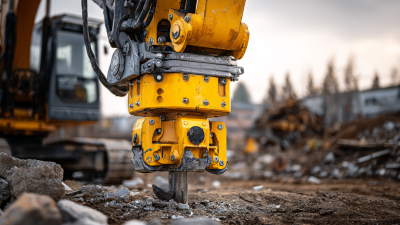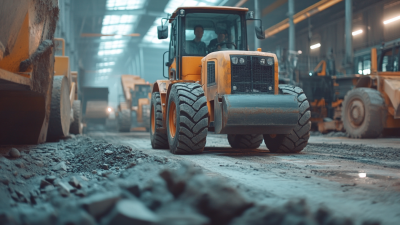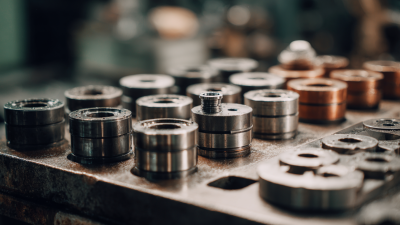 +86 13794985240
+86 13794985240
Leave Your Message
-
 CONTACT NUMBER
CONTACT NUMBER -
 CONTACT NUMBER
CONTACT NUMBER -
 CONTACT NUMBER
CONTACT NUMBER



When embarking on a construction project, selecting the right equipment is crucial for efficiency and effectiveness. Among these tools, the Vibrating Compactor Rammer stands out as an essential device for achieving optimal soil compaction, which plays a significant role in ensuring the stability and longevity of structures. According to a report by the Global Construction Equipment Market, the demand for specialized compaction equipment is expected to grow by 4.5% annually over the next five years, reflecting the increasing focus on quality and safety in construction practices. This blog will explore key considerations in choosing the right Vibrating Compactor Rammer for your project, from understanding soil types to evaluating machine specifications, helping you make an informed decision that meets your project needs while maximizing efficiency.
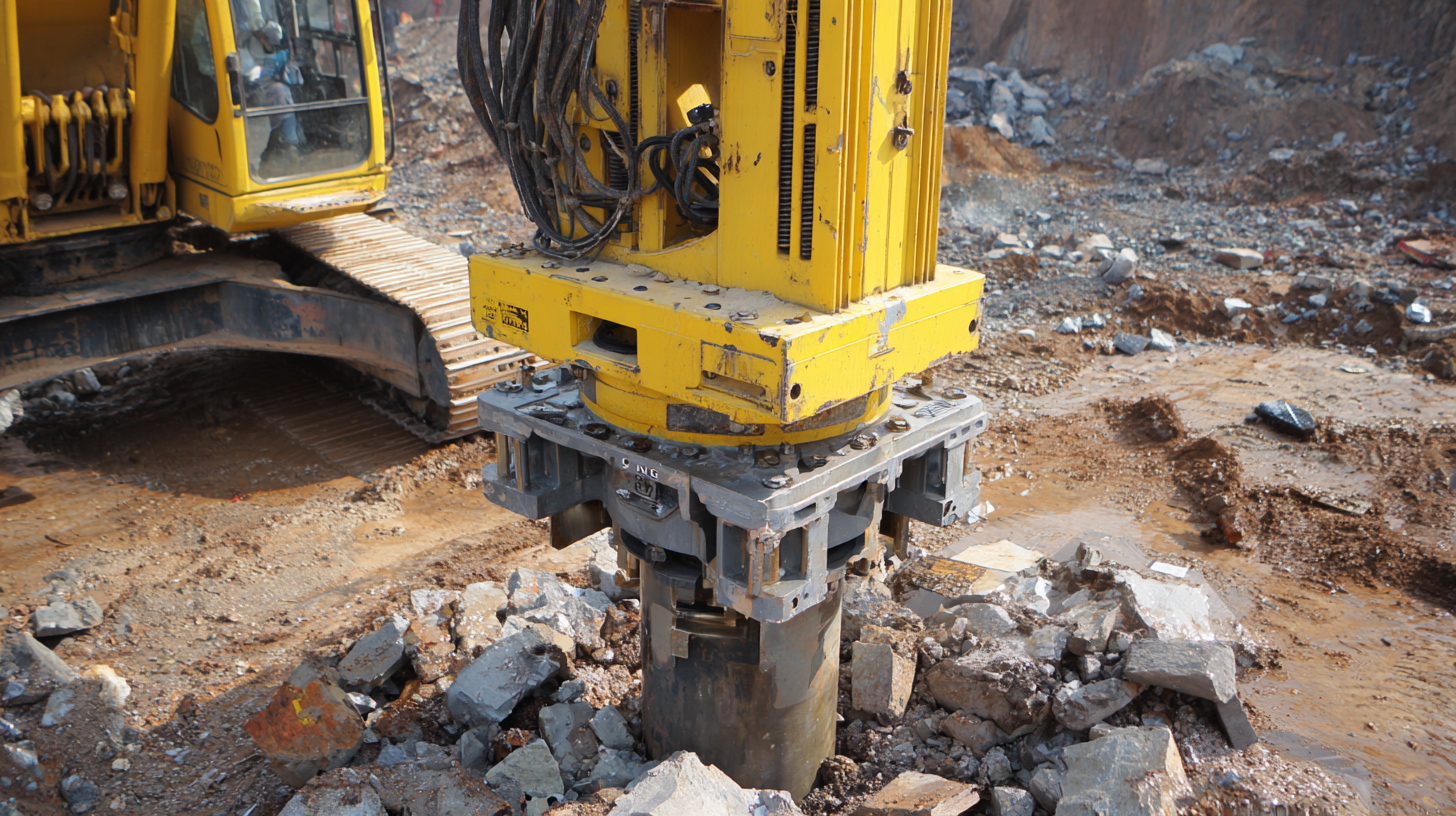
Vibratory compactors play a crucial role in the success of construction projects, primarily due to their ability to efficiently densify soil, ensuring the stability and longevity of structures. As infrastructure development accelerates worldwide, the demand for effective soil compaction equipment is on the rise. With the soil compaction equipment market expected to grow significantly, reaching an estimated $8.7 billion by 2033, understanding the importance of these machines becomes imperative for project success.
When selecting a vibratory compactor for a specific project, factors such as the type of soil, the desired density, and the scale of the project should be considered. Different compactors, including plate compactors and tandem rollers, offer various benefits tailored to specific applications. For instance, vibratory plate compactors can compact mixed aggregates rapidly while providing a larger surface area coverage, making them ideal for trench work. Ultimately, choosing the right compactor not only enhances operational efficiency but also contributes to the overall safety and durability of the construction project.
When choosing the right vibrating compactor rammer for your project, it’s essential to consider several key factors to ensure optimal performance and effectiveness. Firstly, examine the weight and size of the rammer, as these attributes will significantly influence its compaction power and ability to navigate your work environment. A heavier rammer typically provides better compaction, but it may be less maneuverable in tight spaces.
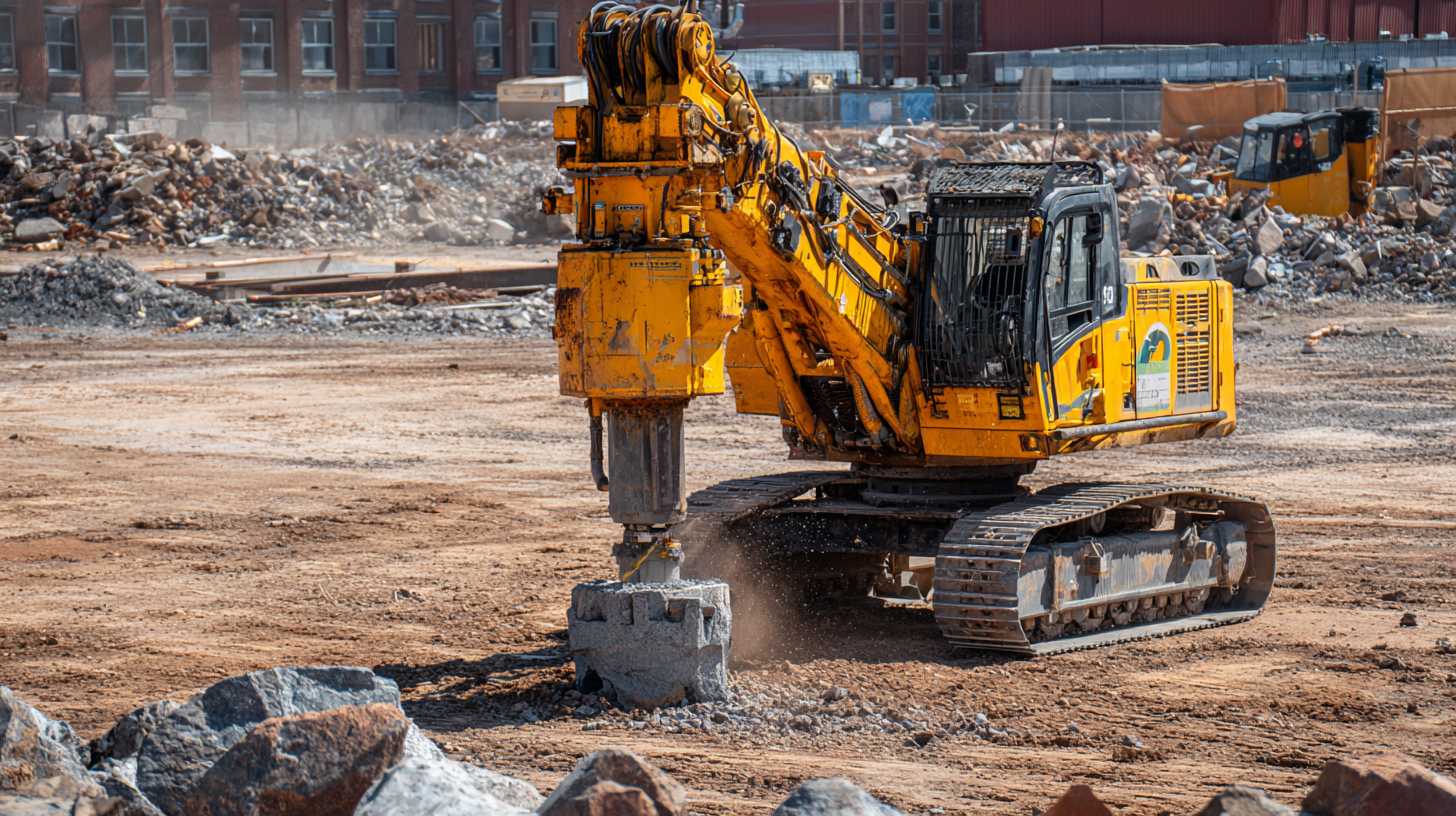
Another critical aspect to consider is the type of engine and fuel efficiency. A reliable engine with better fuel consumption will not only lower your operational costs but also reduce downtime during your project. Make sure to check the compatibility of the rammer with different soil types, as this will determine how effectively it can achieve the desired compaction outcomes.
Tips: Always consider the terrain where you plan to use the rammer. If you're working on uneven surfaces, a model with adjustable foot size could enhance stability. Additionally, inquire about the availability of replacement parts and customer support, as these can be crucial for maintaining the rammer over time. Finally, user reviews can provide valuable insights into the performance of specific models, helping you make a more informed decision.
When selecting a vibrating compactor for your construction project, understanding the various types available and their specific applications is crucial. Two prevalent types of vibrating compactors are forward plate compactors and reversible plate compactors. Forward plate compactors are optimal for small to medium-sized jobs, providing excellent compaction in forward motion, making them ideal for asphalt and granular materials. In contrast, reversible plate compactors offer the versatility of dual-direction operation, allowing for better maneuverability in tighter spaces, making them suitable for complex site conditions.
The vibratory plate compactor market has seen significant growth, with an estimated value of USD 2.57 billion in 2022 and a projected annual growth rate of 3.9% through 2030. This growth is primarily driven by the increasing demand for infrastructure development and road construction projects globally. Moreover, the impact of the COVID-19 pandemic has reshaped demand patterns, with a surge in certain regions due to construction stimulus packages and the need for effective soil compaction in various applications. Understanding these market dynamics can help professionals make informed decisions when choosing the right equipment for their specific project needs.
When selecting the right vibrating compactor rammer for your project, understanding the importance of size and weight is crucial. Industry reports indicate that the optimal weight for a rammer typically ranges between 60 to 100 pounds for most standard applications. This weight category allows for effective compaction of granular and cohesive soils without overwhelming the operator or causing excessive fatigue. Choosing a too-heavy rammer can lead to decreased efficiency and potential damage to the work surface.
Additionally, size plays a critical role in achieving the desired compaction results. The width of the rammer foot can greatly influence its performance. According to a recent study by the Construction Equipment Association, rammers with a foot width of 12 to 15 inches are ideal for tight spaces, while wider models, around 16 to 20 inches, are better suited for larger areas. Properly matching the rammer's size to the project requirements not only enhances productivity but also ensures compliance with safety regulations and minimizes the risk of over-compaction, which can compromise the integrity of the underlying soil.
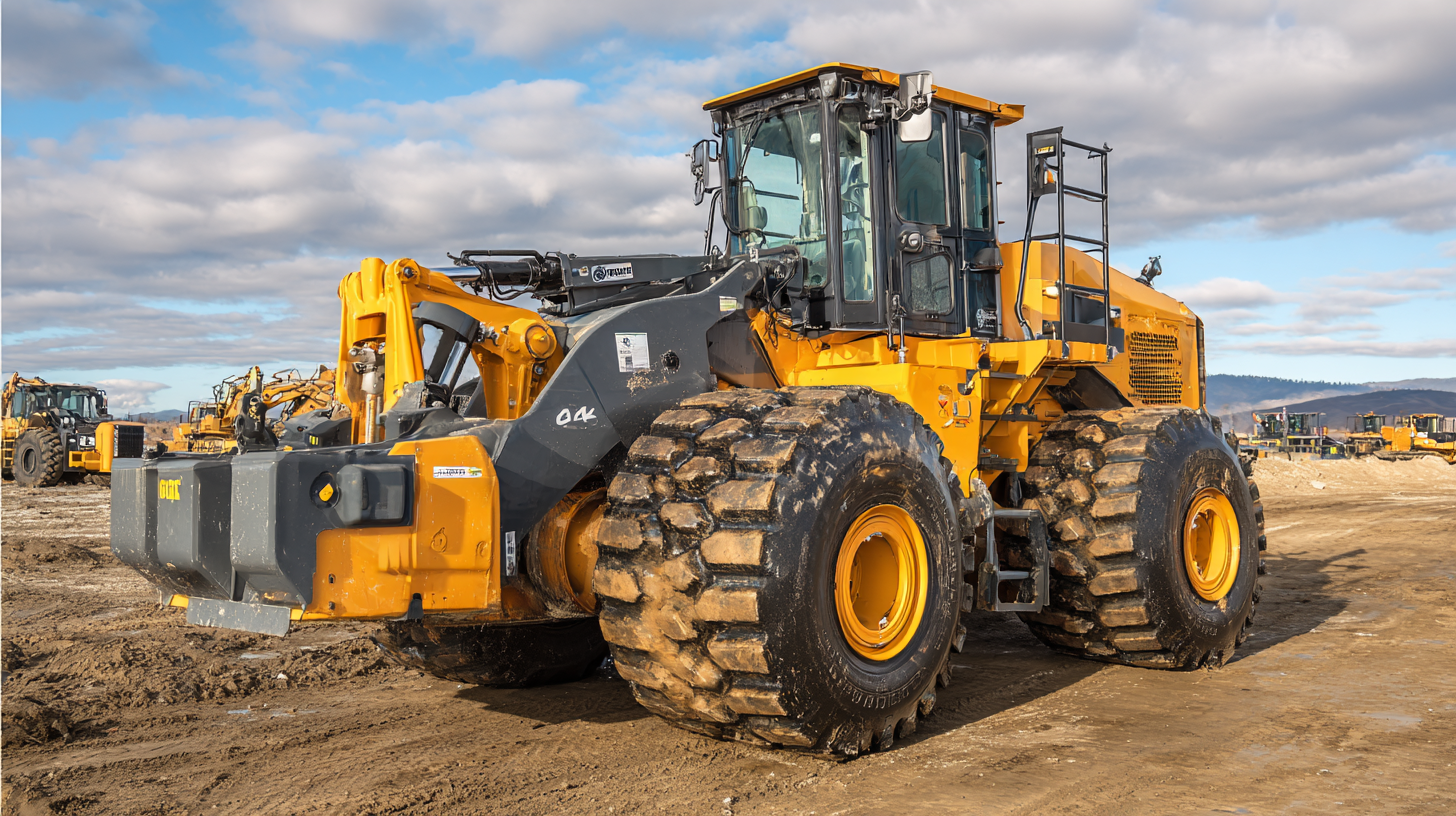
When selecting a vibrating compactor rammer for your project, budgeting and maintenance considerations are essential to ensure the long-term efficiency and functionality of your equipment. Initially, determine your project budget, factoring in not only the initial purchase cost but also the potential expenses for repairs and maintenance. Investing in a high-quality rammer may have a higher upfront cost but can save you money in the long run through reduced downtime and fewer repairs.
Tips: Always choose rammers from reputable brands that come with warranties and service packages. This can significantly ease your maintenance concerns down the line. Additionally, factor in the cost of consumables, such as fuel and replacement parts, when calculating your budget.
Regular maintenance is key to extending the lifespan of your vibratory rammer. Schedule routine checks, including inspecting the engine, ensuring that the oil levels are adequate, and cleaning the compaction plate. This proactive approach minimizes the risk of unexpected breakdowns and expensive repairs.
Tips: Keep a maintenance log to track service dates and issues that arise, which can help in spotting recurring problems and facilitating timely repairs. Moreover, consider training your operators on basic maintenance practices to ensure the rammer is well cared for on-site.
